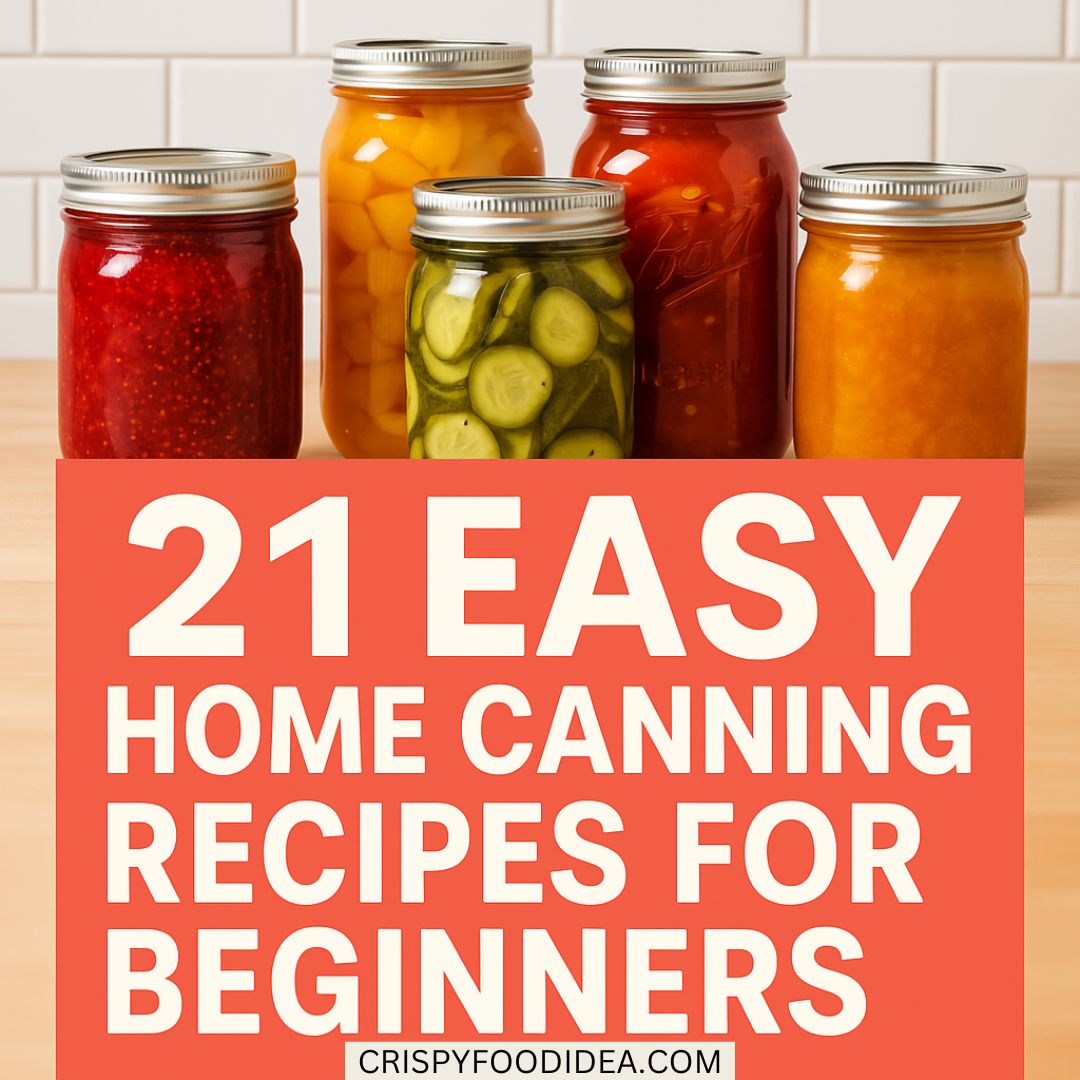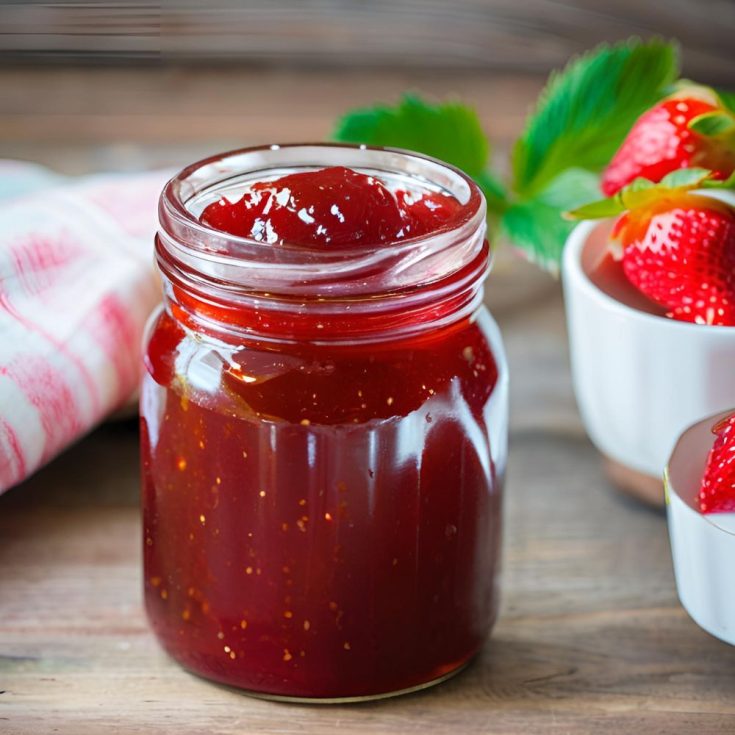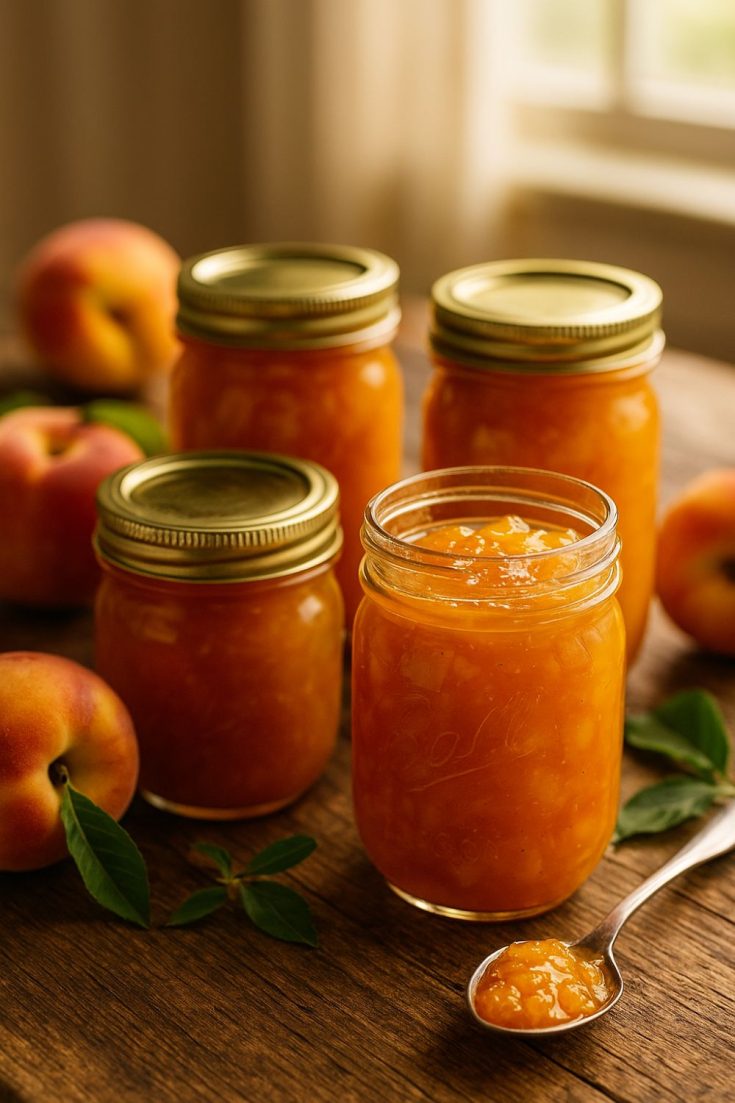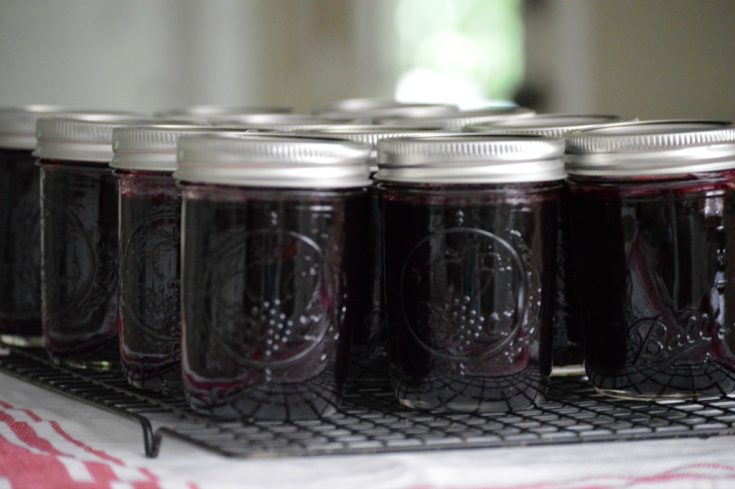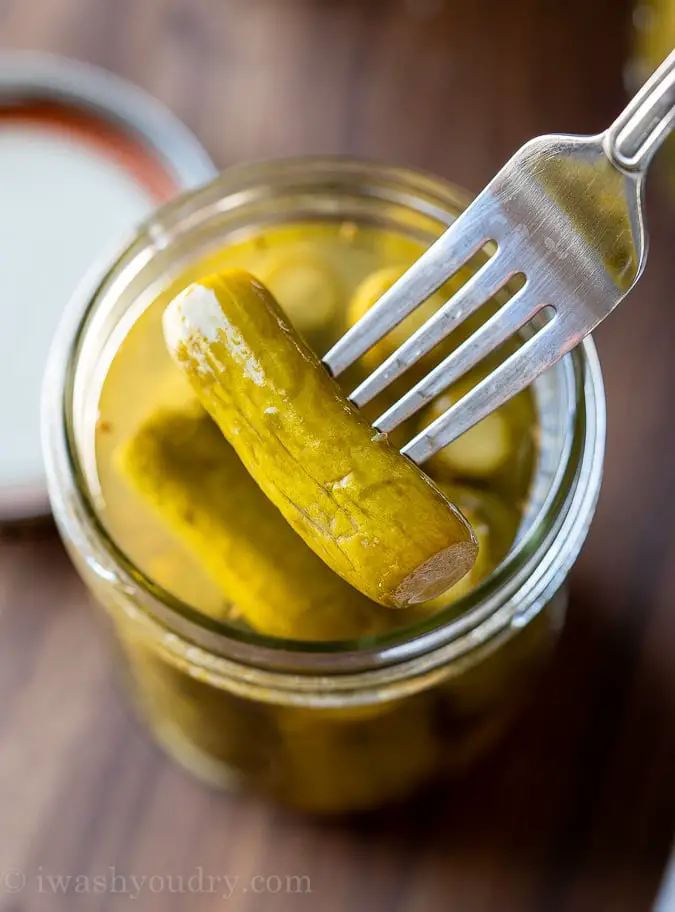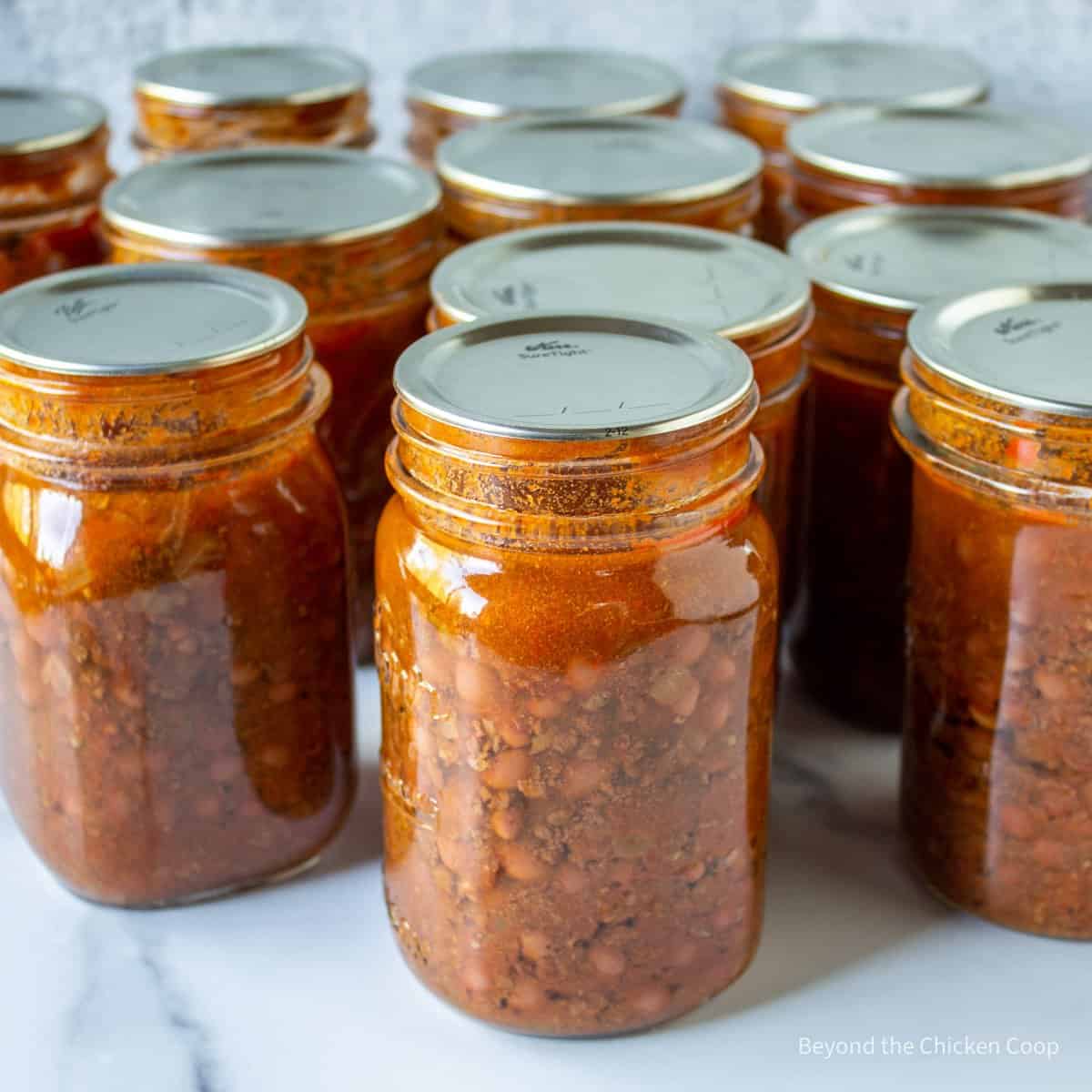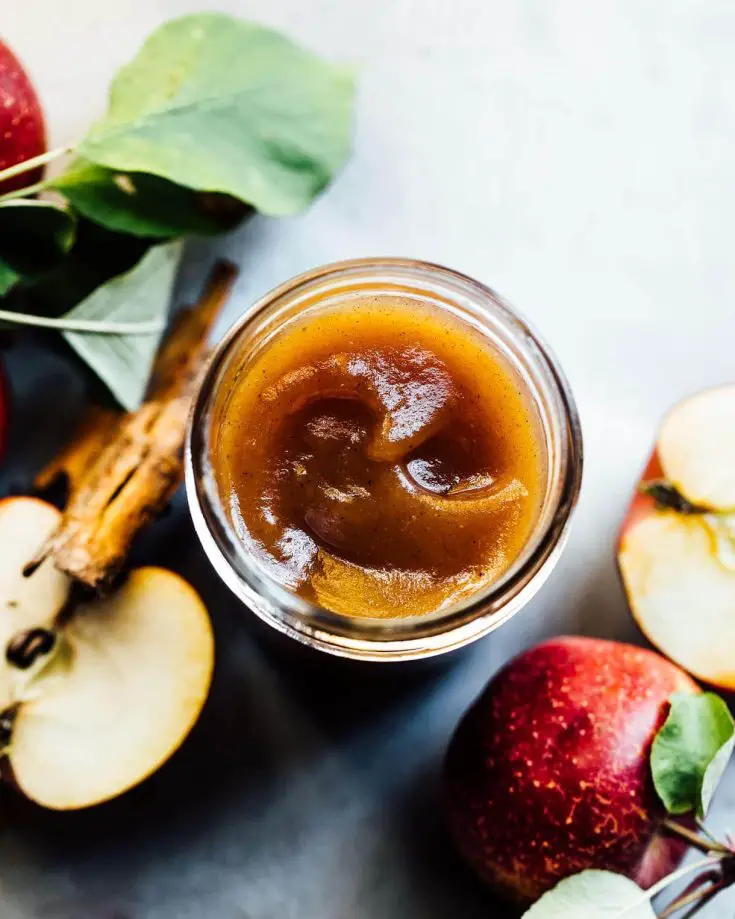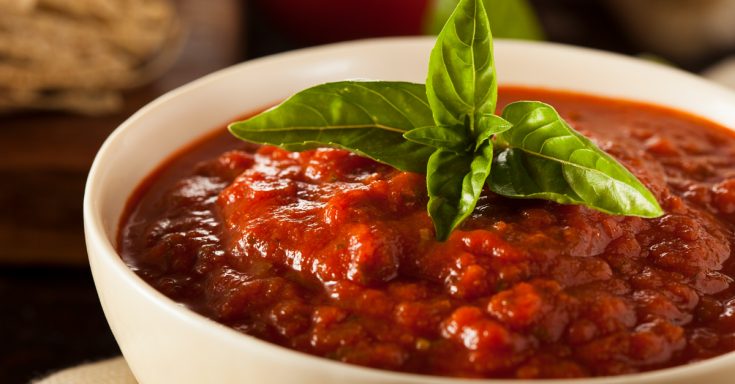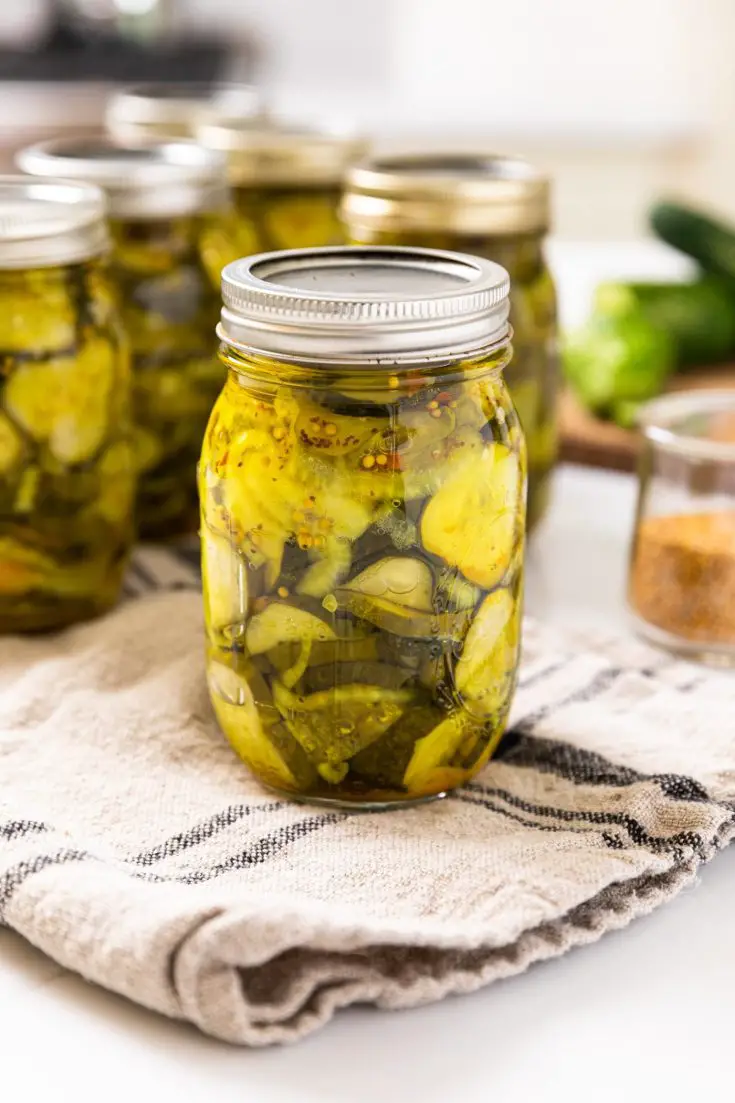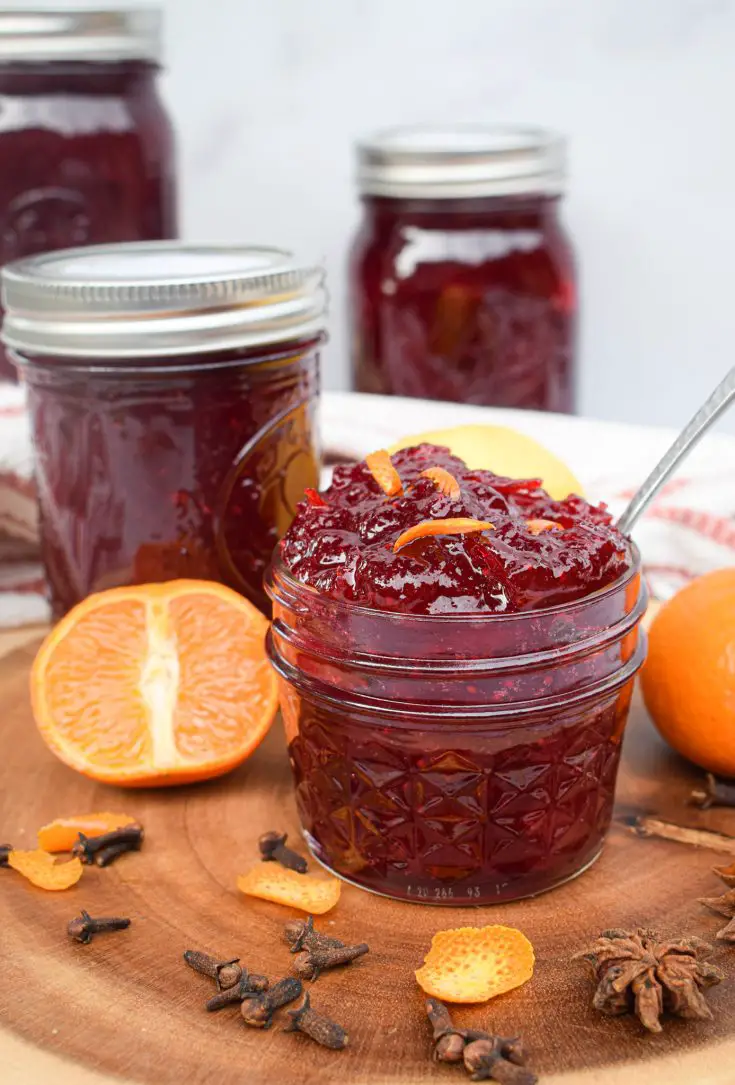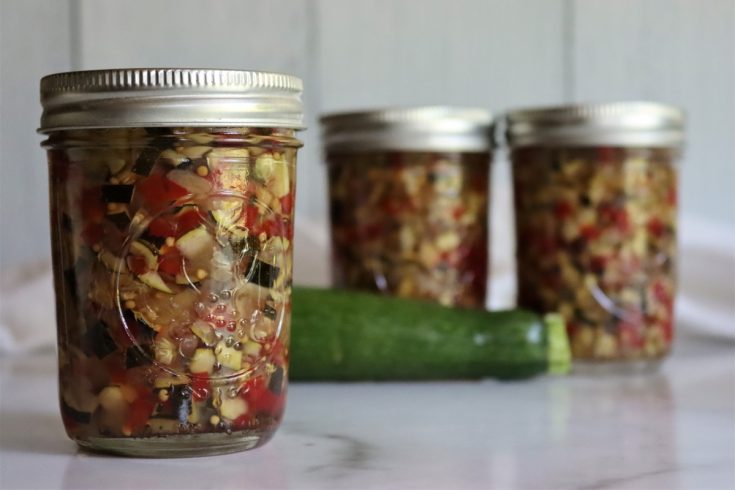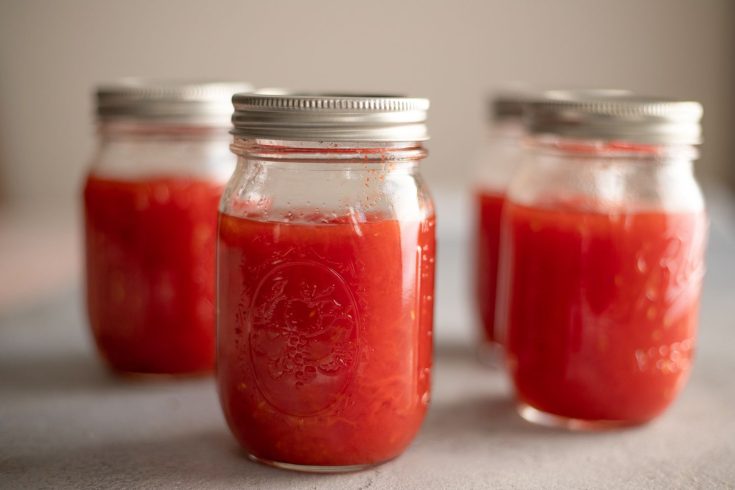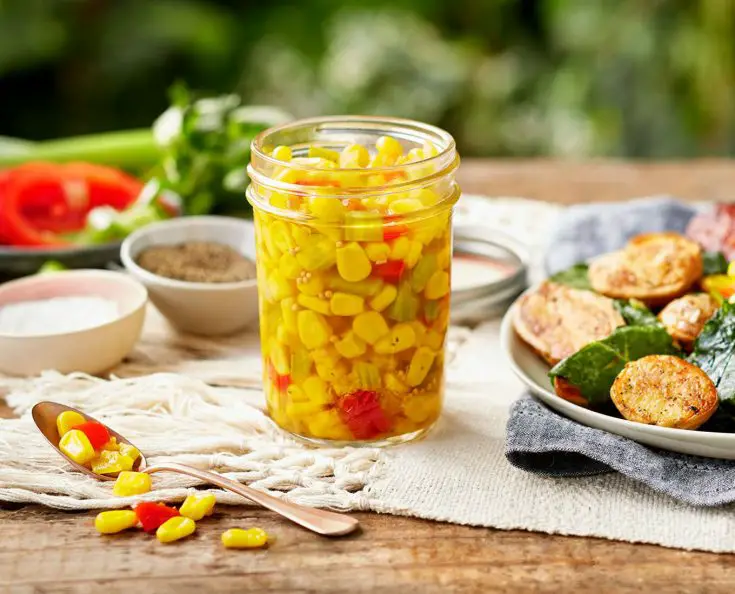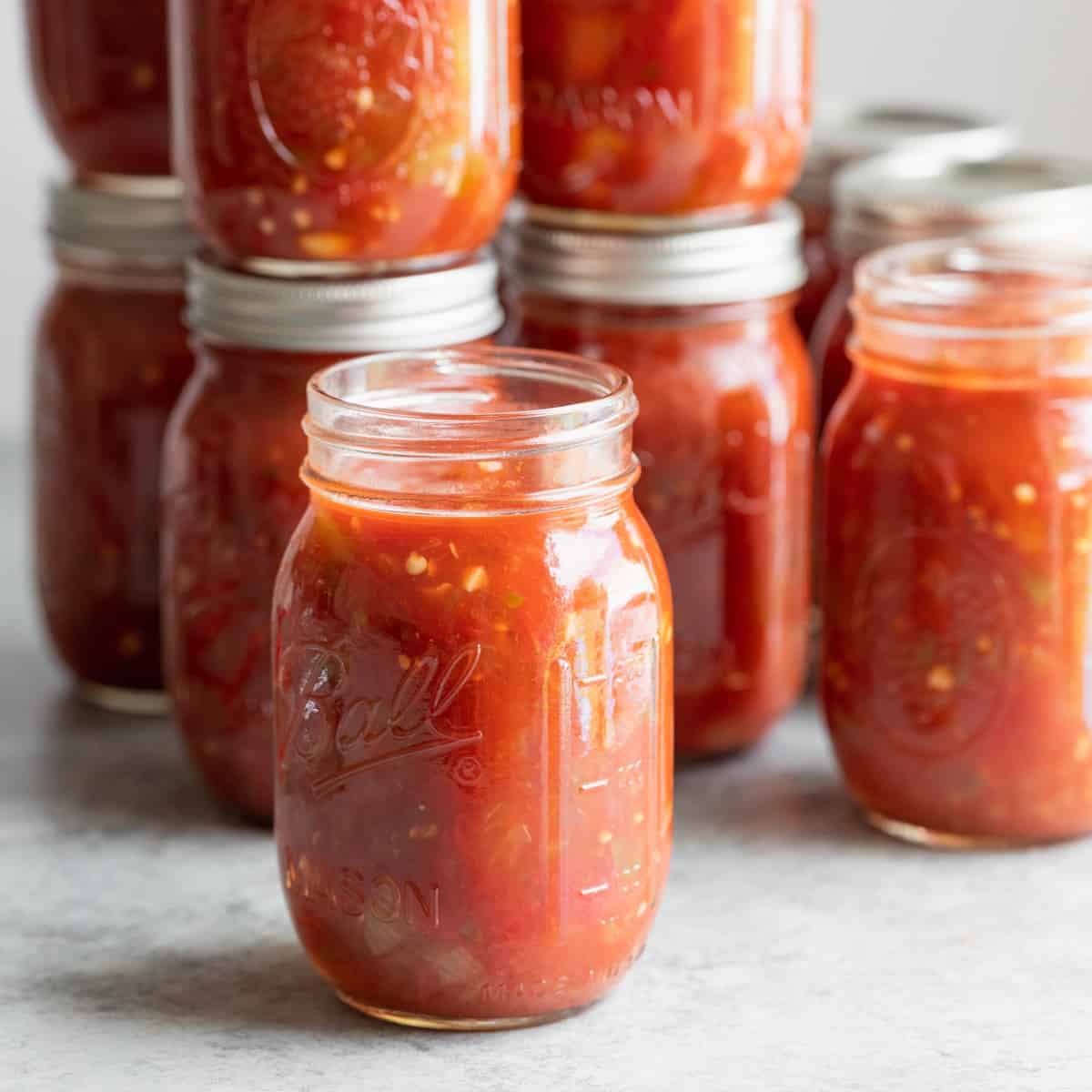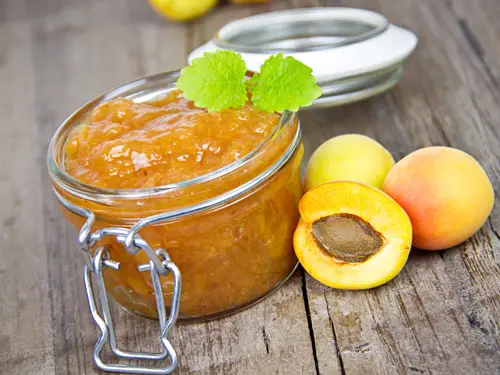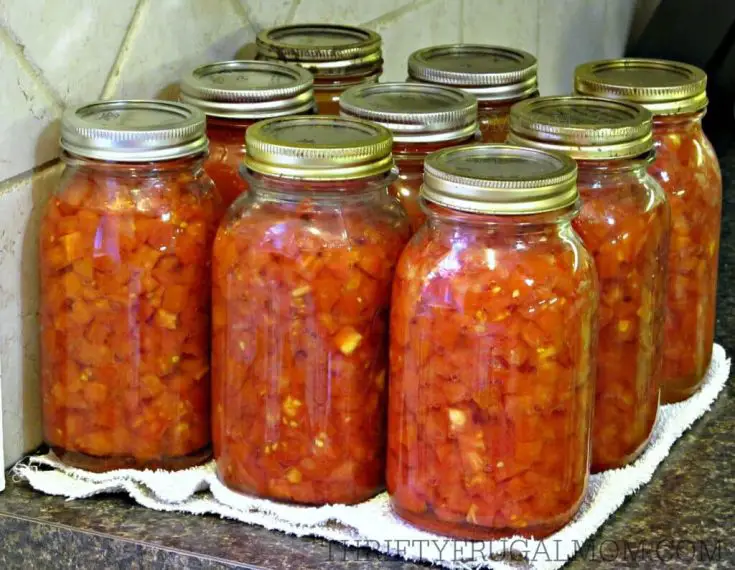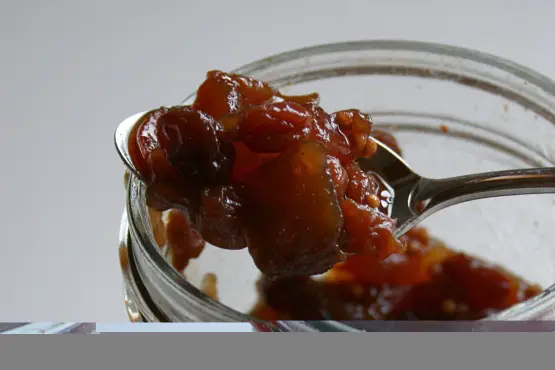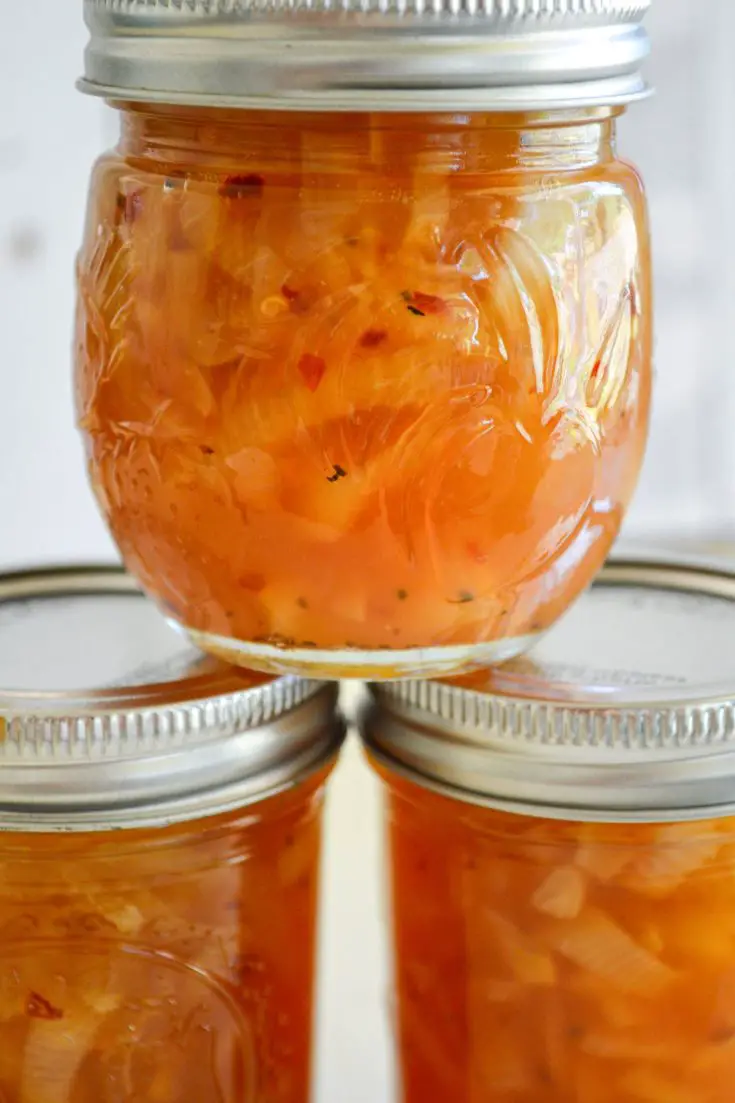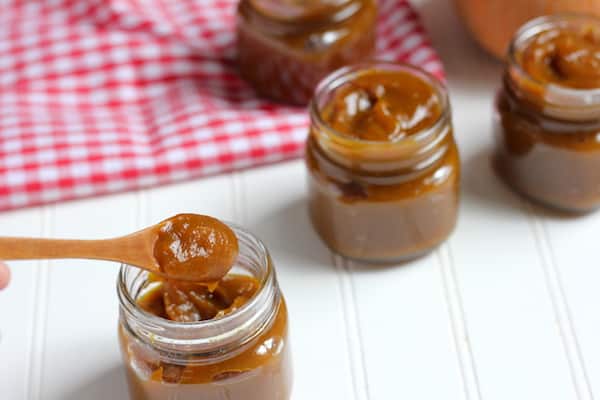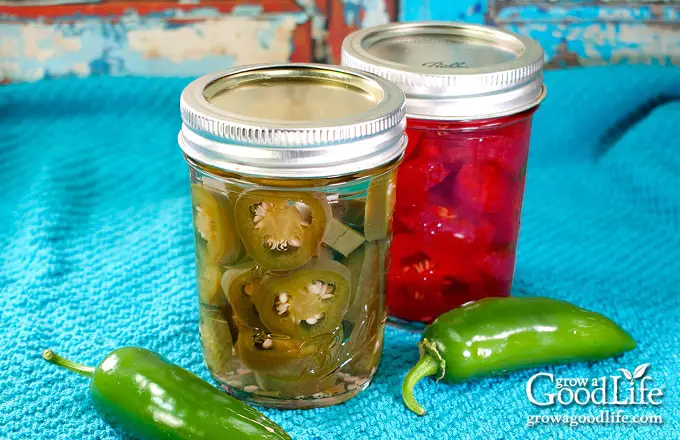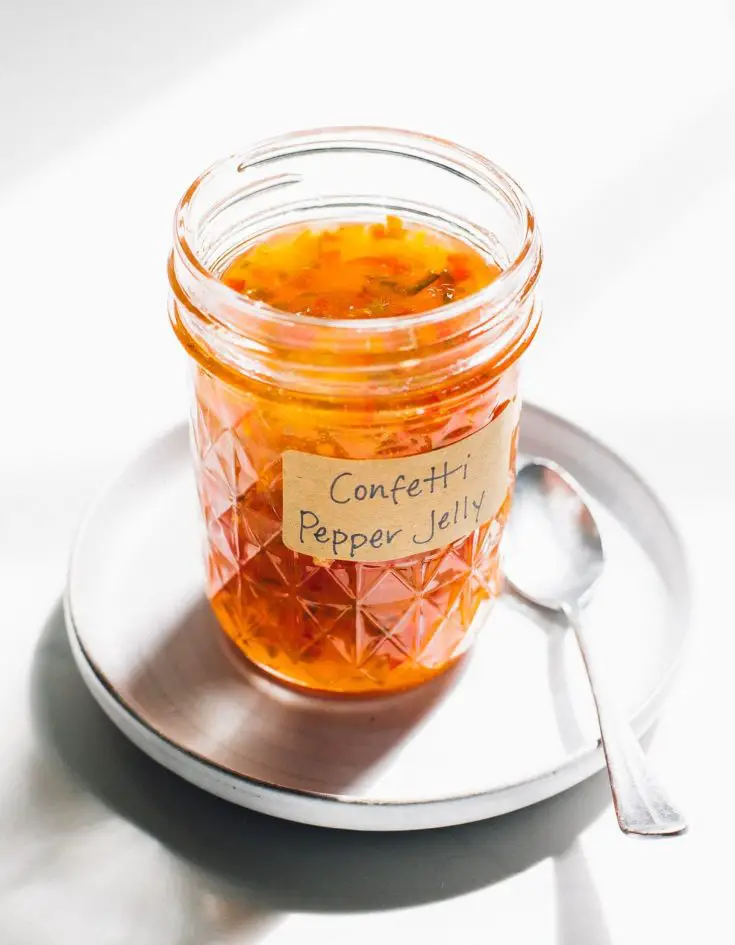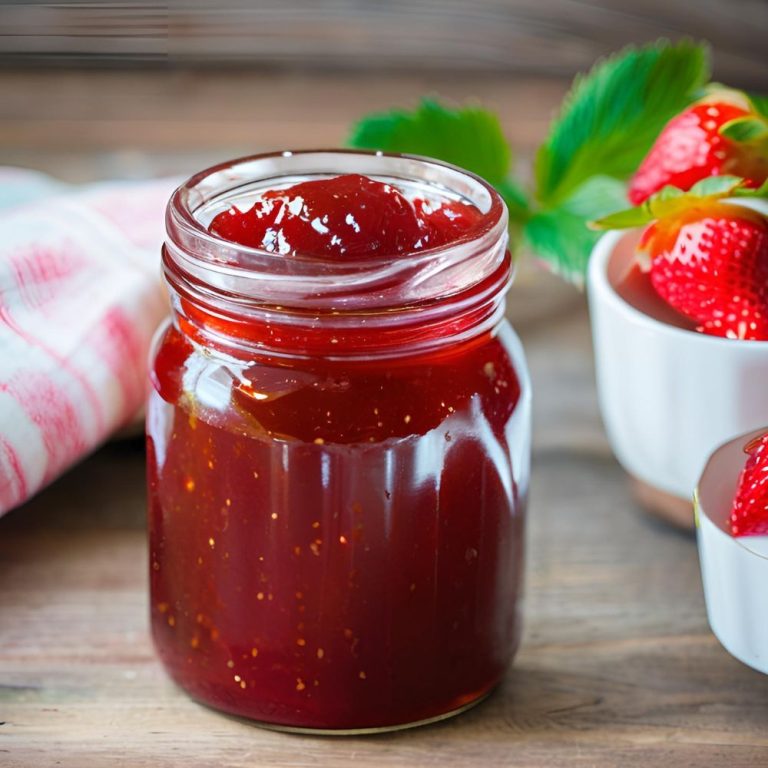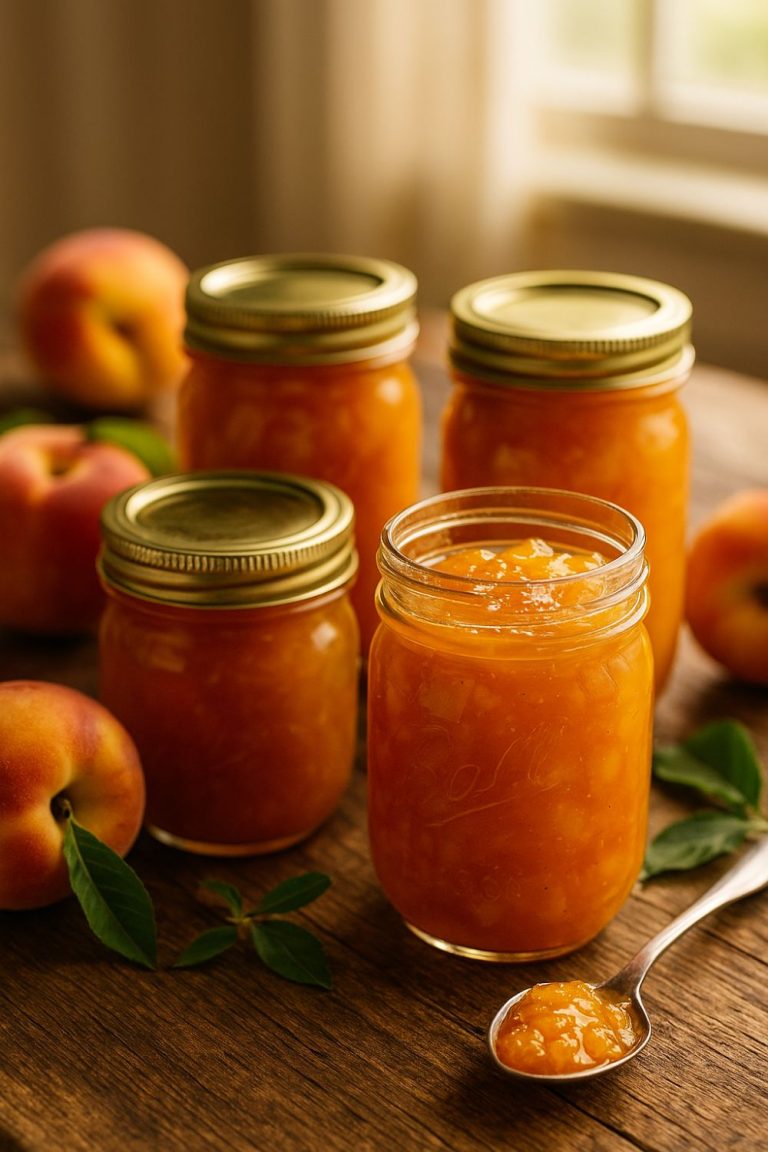21 Best Beginner Canning Recipes You Can Make at Home
We’ll be discussing a topic that has gotten a lot of people excited. If you’ve ever wished you could preserve the taste of summer or enjoy fresh vegetables from the garden all year round, then you’ll definitely love canning at home! Whether you own a ton of tomatoes or you just love the idea of making DIY pantry staples, these 21 easy home canning recipes are perfect for beginners.
What Is Home Canning?
Home canning is a very interesting and simple method in which we preserve food in a sealed jar and store it safely for months or even years. With this method, you can enjoy any seasonal produce throughout the year without wasting it. Not only that, you can also pack it beautifully and gift it to your relatives on any occasion.
The Basics for Beginners
What Is Home Canning?
- Home canning is a method of preserving food by sealing it in airtight jars.
- It helps extend shelf life without artificial preservatives.
- Perfect for fruits, vegetables, sauces, soups, and more.
🔧 Types of Canning
- Water Bath Canning: Ideal for high-acid foods like fruits, jams, tomatoes, and pickles.
- Pressure Canning: Required for low-acid foods such as meats, beans, and non-acidic vegetables.
🧰 Must-Have Equipment
- Mason jars with lids and rings
- Water bath or pressure canner
- Jar lifter, wide-mouth funnel, bubble remover tool
- Clean towels and labeling supplies
⚠️ Safety Tips
- Sterilize jars before use and keep everything clean.
- Leave proper headspace to avoid spoilage.
- Always check seals before storing jars.
- Store in a cool, dark place and use within 12–18 months.
Easy Strawberry Jam Recipe (For Canning)
One of the easiest and most satisfying canning recipes for beginners is homemade strawberry jam. Sweet, fruity, and packed with real berry flavor - this classic is a must-have in any pantry.
Whether you spread it on toast, drizzle it over yogurt, or gift it to a friend, this strawberry jam is easy to make and doesn't require any fancy ingredients or equipment.
Delicious Peach Preserves Recipe
A sweet, spreadable preserve made from fresh summer peaches with no added pectin. Perfect for toast, desserts, and gifting. Great for beginner canners!
Canning Blueberry Jam
You can easily make this blueberry jam with ingredients like 10 cups of fresh blueberries, 7 cups of granulated sugar, 1 box (1.75 ounces) of Sure Jell pectin, and ¼ cup of lemon juice, and it will take you about 50 minutes to prepare and canning. New 4- or 8-ounce lidded canning jars are a great option for this process.
Chicken or Veggie Broth
Using the pressure canner method, you can easily can chicken or vegetable broth and homemade soups and stews.
Bonus
Tips and Tricks for Canning Success
Starting your canning journey can seem a little intimidating, but with the right tips, you’ll be preserving like a pro in no time! Here are some essential tips and tricks to help make your first canning experience safe, easy, and stress-free:
1. Start small and simple
Start with simple recipes like jams, jellies, or pickles. These high-acid foods are perfect for water bath canning and don’t require a pressure canner—great for learning the basics without the stress.
2. Use fresh, high-quality produce
Canning doesn’t “fix” bad produce. For the best flavor, texture, and shelf life, choose ripe, unblemished fruits and vegetables. The fresher the better!
3. Prepare Everything Before You Begin
Canning is time-sensitive, so make sure you have everything ready before you start. Sterilize your jars, set out your tools, and measure your ingredients. Trust us—it’ll save you from last-minute chaos.
4. Follow trusted recipes
Stick to tried-and-trusted recipes from reputable sources like the National Center for Home Food Preservation, Ball Canning, or university extension programs. This ensures safety—especially when it comes to acidity and processing.
5. Don’t skimp on headspace
Headspace is the space between the food and the lid. It allows for proper sealing and expansion during processing. Too little = food may leak out; too much = the jar may not seal properly.
6. Wipe the jar rims
Before putting the lids on, wipe the jar rims with a clean, damp cloth. Even a little residue can prevent the lids from sealing properly.
7. Use a new lid every time
Although you can reuse jars and rings, always use new lids to ensure a secure seal. Old lids may not seal properly, putting your food at risk of spoilage.
8. Label everything
Include the name of the recipe and the date you canned it. It’s easy to forget what’s in that jar after a few months – and you’ll want to know how long it’s been stored.
9. Store in a cool, dark place
Store your canned goods in a pantry or cupboard, away from direct sunlight and heat. This helps preserve color, flavor, and shelf life.

FAQ
Can I reuse canning jars and lids?
You can completely reuse mason jars and metal rings unless they are chipped or cracked. However, do not reuse canning lids – they are designed for one-time use only. Always use new, unused lids to ensure a proper vacuum seal.
How long does home canned food last?
Properly canned and sealed foods can last 12 to 18 months when stored in a cool, dark place. While some items can last longer, it is best to use your canned goods within a year for the best flavor and quality.
What is the difference between a water bath and pressure canning?
- Water bath canning is for high-acid foods (with added acid) such as jams, jellies, pickles, fruits, and tomatoes.
- Pressure canning is necessary for low-acid foods such as meats, vegetables, broths, and soups. It reaches a high enough temperature to safely kill harmful bacteria, especially botulism.
Can I invert the jars without using a water bath?
No. The “inversion method” (turning hot jars upside down) is outdated and not safe for long-term storage. Always use a proper water bath or pressure canner to create a reliable vacuum seal and kill bacteria.
How do I know if my jars are sealed properly?
Once cooled, press the center of the lid:
- If the lid doesn’t budge or crack, it’s sealed.
- If it cracks or cracks, the jar isn’t sealed. You can either reprocess it within 24 hours or store it in the refrigerator and eat it within a few days.
What should I do if a jar won’t seal?
Unsealed jars should be refrigerated immediately and consumed within a week. Alternatively, you can reprocess the jar within 24 hours using the same method (water bath or pressure) with a new lid.
Do I really need to sterilize the jars before canning?
Yes—especially for water bath canning. Even if you are pressure canning, clean and heat the jars before filling to prevent cracking and ensure safety, for most recipes that process for more than 10 minutes, sterilization is not necessary—but always clean the jars thoroughly beforehand.
Can I reduce the sugar or salt in the recipe?
It depends:
- For pickling and preserving, changing the sugar or salt can affect the texture and safety.
- For jams and jellies, reducing the sugar can prevent proper setting unless you use low/no sugar pectin.
- If you are new to canning, always follow tested recipes, or consult a reliable source like USDA or Ball®.
Why is there a white residue on my jars or pickles?
This is usually caused by harmful mineral deposits from hard water. You can prevent this by adding a splash of white vinegar to your canning water. It will not affect the safety or taste of your food.
Can I eat dairy products, flour-based soups, or pureed foods?
No. Dairy products, thickeners (such as flour or cornstarch), and pureed low-acid foods are not safe for home canning. Instead, refrigerate those foods until needed.
If you like this article about Easy Home Canning Recipes for Beginners, please share this with your friends on Facebook and Pinterest. Also, subscribe to my blog to get all the latest content first on your mobile.

